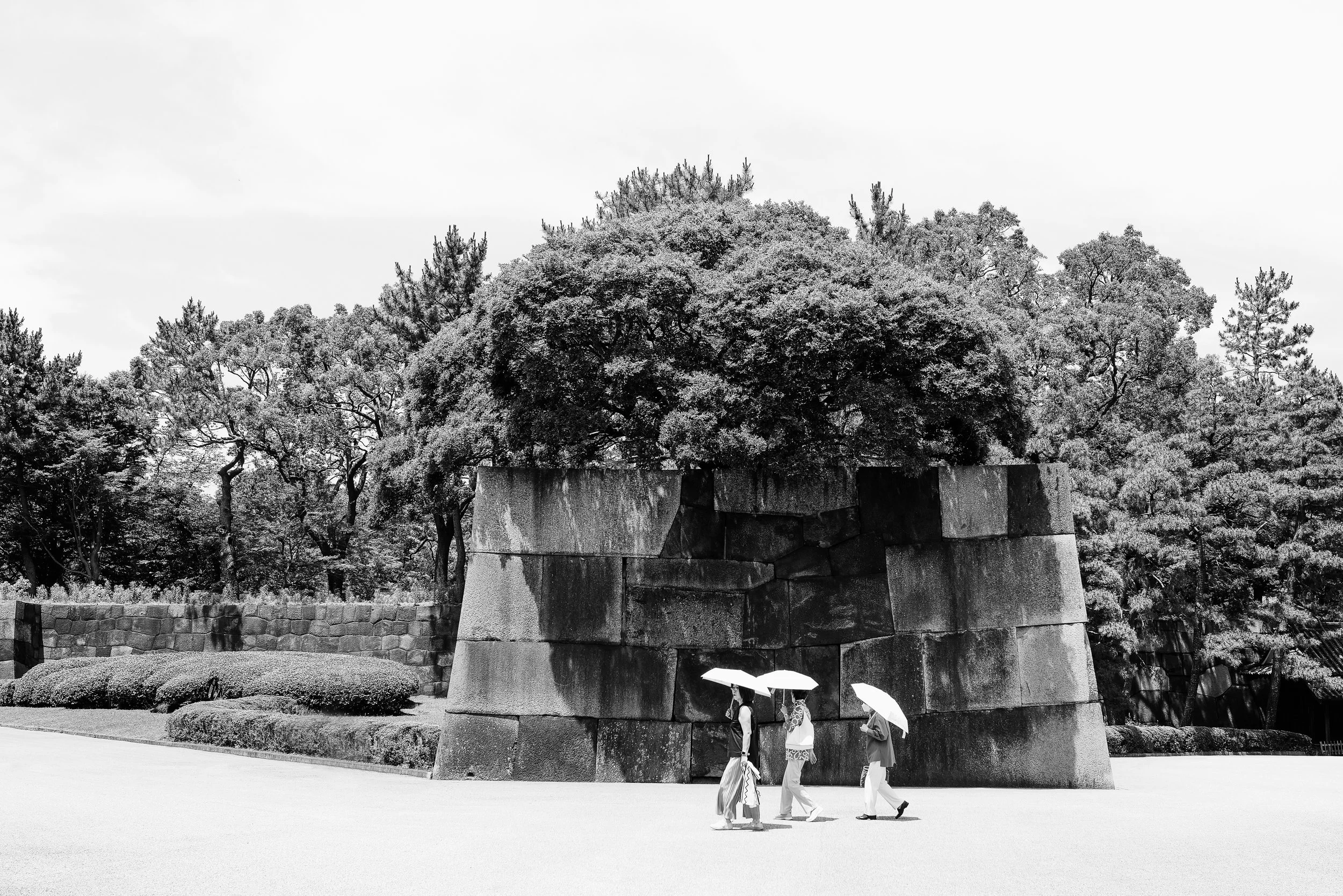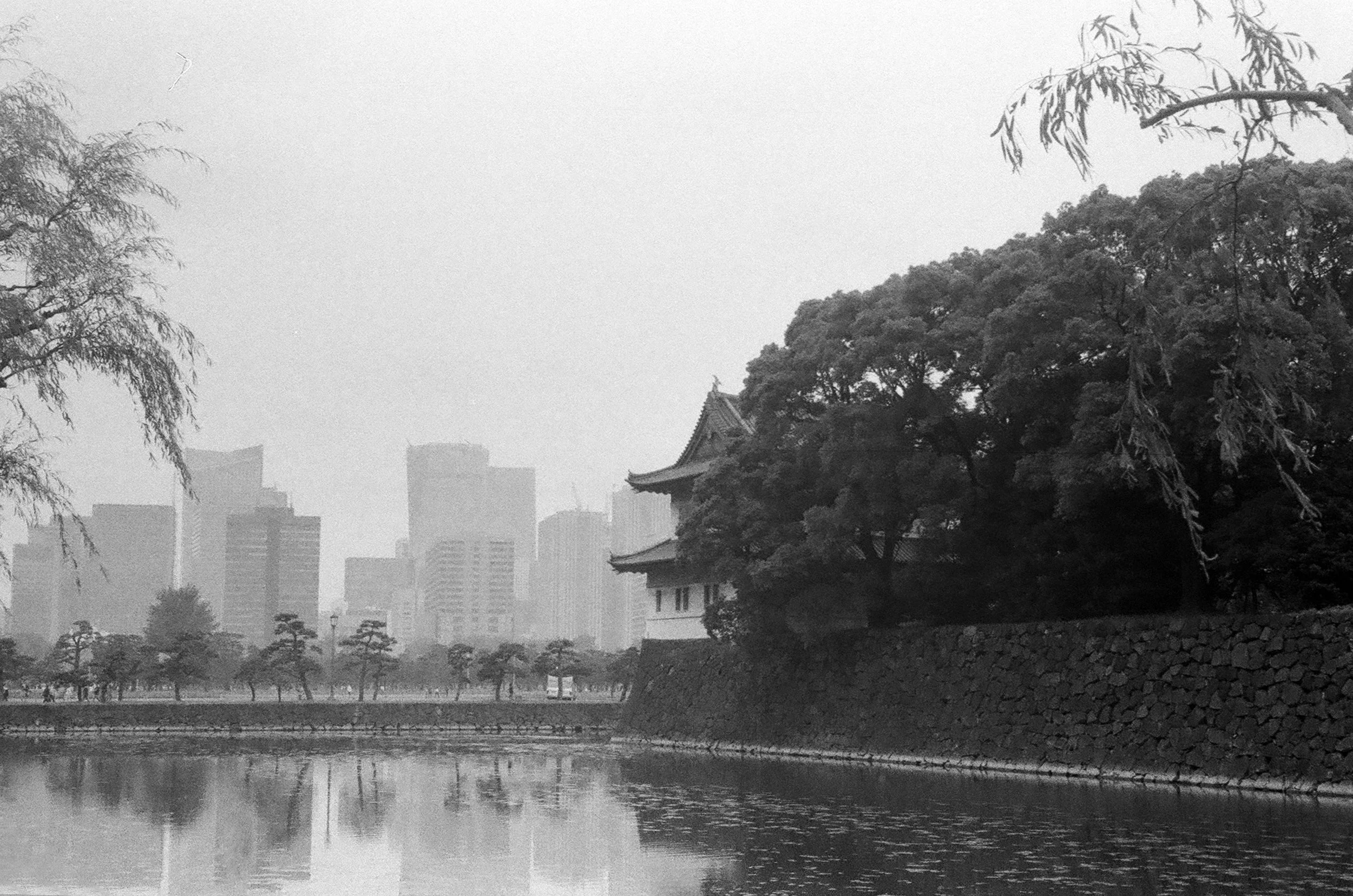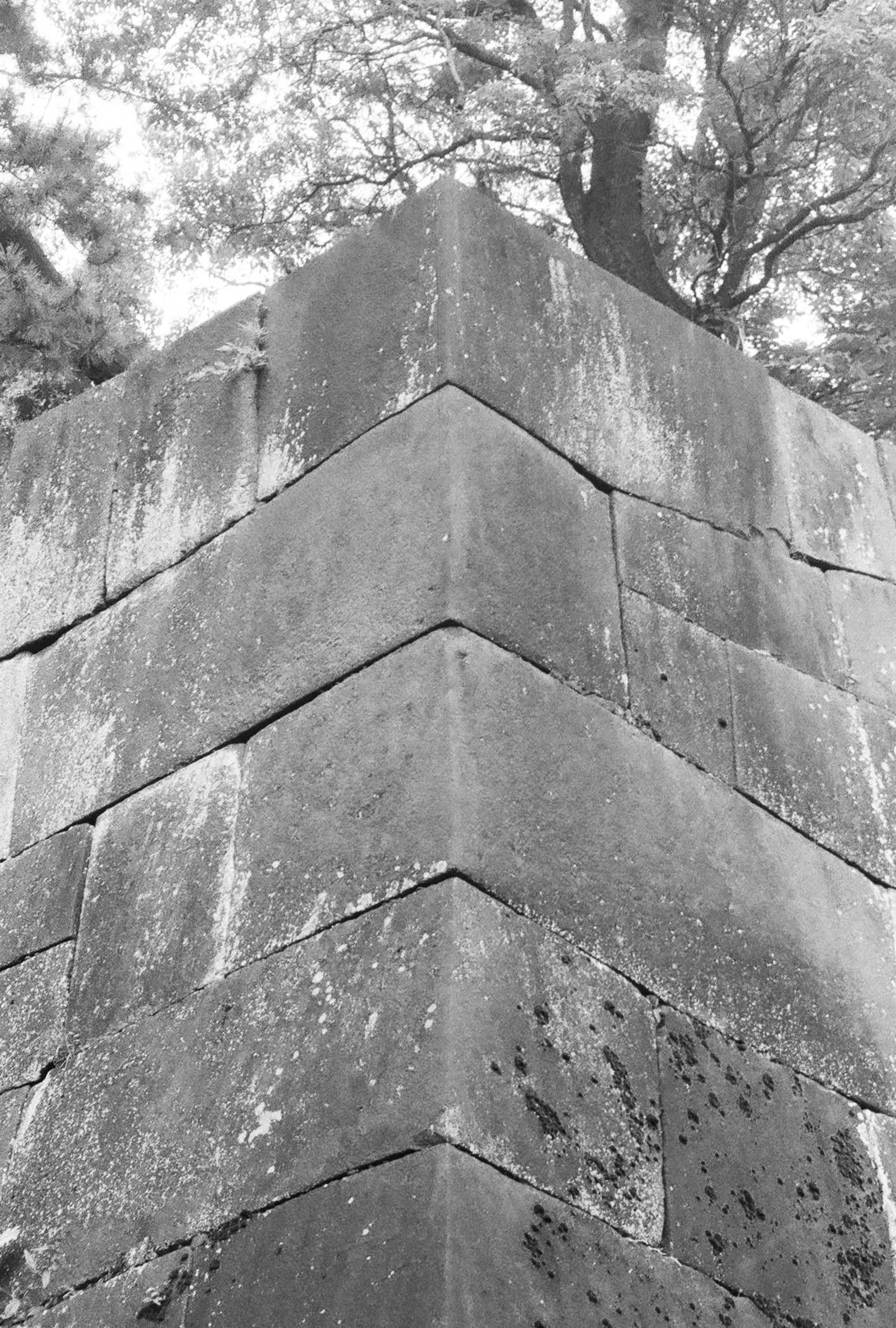Nunozumi City
July 2023
The Open City Studio - Tokyo Blue III
Faculty: Teofilo Victoria, Steven Fett, Jorge Trelles, Rogelio Cadena, Nicolas Delgado Alcega
24” x 36” ink on mylar.
The 2023 Open City Studio studied architecture, infrastructure, and the configuration of the Japanese city as it is affected by water. The final deliverable was a single 24” x 36” drawing documenting a distinctive “water” type and its place within the cultural history and built environment of Tokyo.
“Nunozumi City” explores the use of dry stone masonry within the contemporary Japanese city. Dry stone retention walls, known as ishigaki, have shaped both rural and urban landscapes across Japan for centuries. Dry-laid without mortar, these walls have withstood earthquakes, fire, and erosion, revealing an understanding that endurance comes from working with, not against, the forces of nature. Most modern walls are modularly constructed with pre-fabricated kanchi blocks, yet the technique originates from the massive fortifications of Osaka, Kyoto, and Tokyo’s castles. Specifically, the nunozumi method arranges rectangularly cut stones sideways in even, horizontal rows—maintaining perfect alignment in height while varying in width.
The drawing documents three walls from the East Gardens of the Tokyo Imperial Palace. As the geographic and symbolic center of the city, the palace is encircled by concentric layers of urban development. At its edges, stone walls rise from the water of the surrounding moat, delineating the historic boundary between the imperial grounds and the contemporary metropolis. Against the backdrop of Tokyo’s modern concrete, steel, and glass, these walls exude a sense of permanence—echoing the slopes of mountains and volcanoes, where stone and water have long coexisted. Their solid, hull-like forms reflect the resilience of Japanese craftsmanship and the enduring dialogue between built and natural environments.
Through a detailed study of texture and pattern, the ink hand drawing reimagines these fortifications as a type of “water city,” envisioning a landscape where stone and water are the only architectural elements—a meditation on the fluidity of time, tradition, and materiality.








